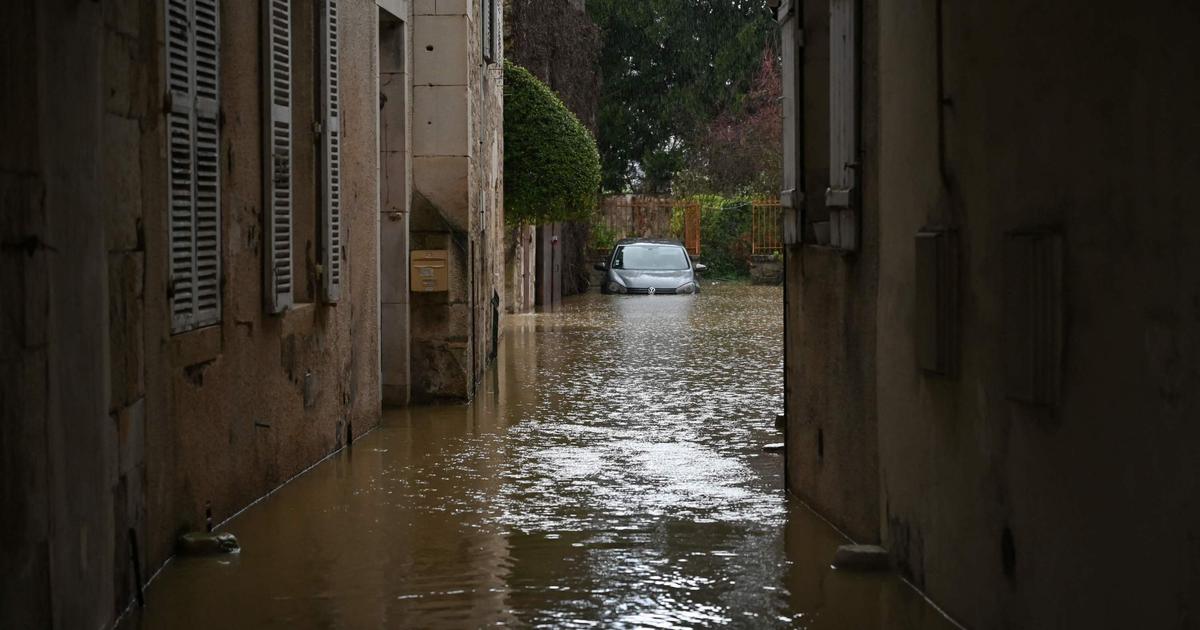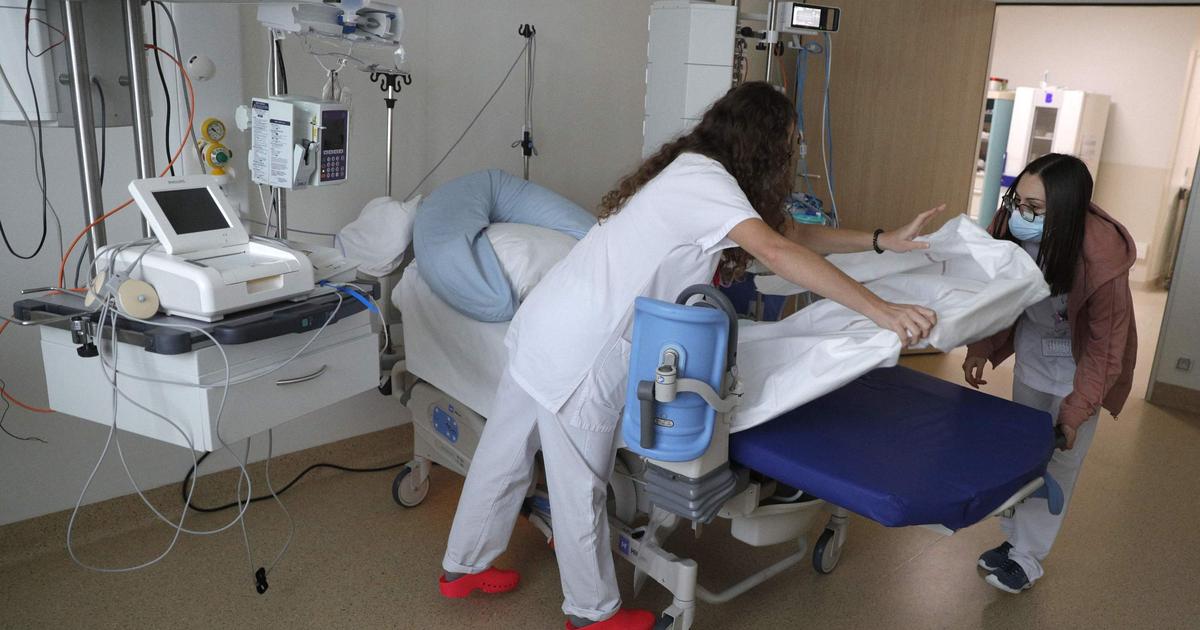The worst of the fifth wave of covid in Spain is already behind us.
The incidence has dropped this Friday below 200 cases per 100,000 inhabitants, something that has not happened since July 4.
The fall in the contagion curve, which began at the end of that month, reached hospitals two weeks later, but was not fully reflected in the number of deaths, which until now had continued to rise.
The data provided daily by the Ministry of Health, however, already allow us to glimpse a slight drop, although more than a hundred deaths are still reported daily (155 on Friday).
Since the fifth wave began, at the end of June, more than 3,800 deaths of people infected by the coronavirus have been added to the statistics, most of them elderly: the average age is 80 years.
More information
The return of nightlife: the last step towards normality that communities do not dare to take
Spain reaches 70% of its vaccinated population
The exact death toll is a statistic impossible to measure in real time. Notifications accumulate delays that do not allow a reliable image to be seen until after two or three weeks. But the data that the ministry provides daily are a rough thermometer of what is happening. On the one hand, each day it adds to its reports the number of new deaths reported by the autonomous communities, although many of them have a death date of days or weeks ago. What the Health technicians do for their accounting is to place each death on the day it happened and also provide daily the figure of how many deaths are confirmed in the previous week.
Both stats are dropping slightly. This week 795 deaths have been reported, 69 less than last. And the average number of deaths each day (with a confirmed date) is 48, by 50 for the previous week, the latter data that will rise as the deaths are reported and assigned to their corresponding day. The delays in the notifications cause that the lines of the graphs are full of ups and downs and no marked trends are observed, contrary to what usually happens with the accumulated incidence or the hospitalizations. It will take a few weeks for these data to be consolidated and it is known precisely when and how deaths began to decrease.
What is clear is that the lethality of this fifth wave has been much lower than that of the previous ones. As the Minister of Health, Carolina Darias, recalled this Wednesday, it has been 0.2%: for every 1,000 diagnosed, two people have died, while, on average, in the entire pandemic the figure is 1.7%, more than eight times higher. This statistic is contaminated by the first wave, when a minimal part of the cases that actually occurred were identified. If we compare the last wave with those that came after the spring of 2020, it is verified that the covid has killed seven times less.
Despite everything, in absolute numbers the fifth wave has left many deaths. Much more than most experts anticipated. This is so, in the opinion of the epidemiologists consulted, because the outbreak of cases has been so brutal that although in relative terms the proportion of patients who have succumbed to the virus is very low, the gross number ends up skyrocketing. So far this summer, more than 1.1 million cases have been diagnosed; while in the fourth wave some 600,000 infections were registered, resulting in around 9,000 deaths, more than double that of the fifth (these are approximate data: deaths cannot always be clearly assigned to a wave, since many affected had been carrying the infection since before time).
Salvador Peiró, a doctor specializing in public health, adds a nuance to these data: "We count among the deceased anyone who has tested positive for coronavirus, which does not necessarily mean that they have died from this cause."
Fernando Rodríguez Artalejo, Professor of Public Health at the Autonomous University of Madrid, adds that in many very vulnerable elderly people the infection "decompensates many previous pathologies and they end up succumbing."
The average age of those killed in this wave has fallen to 80 years, six less than just a year ago, according to data provided by the Ministry of Health, which, however, does not specify what percentage of them were already fully vaccinated.
This does not mean that there is more fatality among the young than previously, but that fewer elderly die.
More information
The third dose of the covid vaccine will go only to immunosuppressed people
According to the latest report from the Carlos III Health Institute (with provisional data from the fifth wave), 80% of the deceased are still over 70 years old and two out of three were over 80. Considering the age group, it is very It is possible that a good percentage were already vaccinated and their deaths fall within the gap that the vaccine leaves behind serious disease and these decompensations to which Artalejo refers.
“The risk of dying for a vaccinated octogenarian is like that of one in 30 without vaccination.
It starts to be very strange, but with so much transmission, it happens ”.
But also for the elderly the probability of dying from coronavirus is much lower now.
Between the second and fourth waves (there is no reliable data on the first), 22% of those over 90 who were infected died, a figure that now drops to 9.7%;
Before, 14% of octogenarians died (5.5% now) and 5% of those between 70 and 79, a figure that has dropped to 1.7%, according to these preliminary data from Carlos III.
In addition, recalls Peiró, treatments against severe covid have improved and patient management has evolved, so some of the deaths that are being reported may come from infections that occurred more than a month and a half ago.
Then there were still a good portion of 60-year-olds waiting for their second dose of AstraZeneca.
70% of the vaccinated population that has reached Spain this summer leaves a future of hope for hypothetical next waves. Based on what has been seen so far, the fatality will be even lower: nine out of 10 over 40 have already received the full guideline and the campaign continues to advance among those under this age. Although vaccines are beginning to show some weakness in preventing infection months after punctures, they are still robust in preventing complications and deaths. For those still vulnerable to immune system failures, a third dose will soon begin to complete their schedule. The specialists consider that in the next growths of the epidemic wave it will be necessary to be very attentive to the hospitals and if, at some point,the vaccine stops preventing deaths among the elderly, which would lead to a third puncture for them as well.















